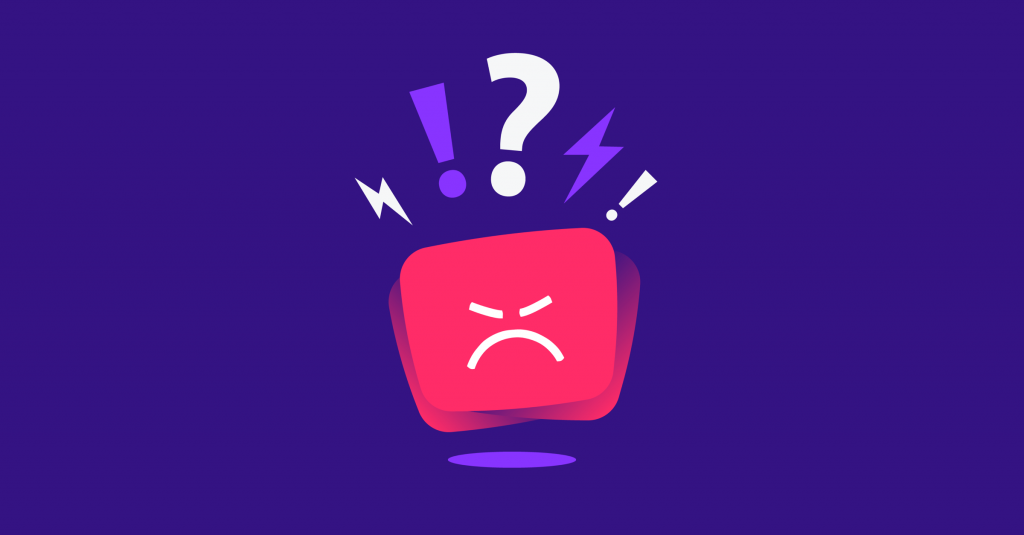One of the worst-kept secrets of the B2B writing world is that writing a persona is everybody’s favourite job. Fleshing out this ‘semi-fictionalised’ outline of our target audience is a unique opportunity to bring a little bit of fantasy and creativity to the writing process – and we love it.
Not too long ago, I found myself once again living my best life writing about Brenda, the absurdly overachieving CIO of a multinational corporation. Brenda was the kind of person everybody wanted to know. Her technical knowhow was first rate, her management skills incomparable – she knew exactly what was needed to be ‘ahead of the curve’, and she was wasting no time in getting there. Brenda, in a word was perfect – and that was exactly the problem. In a moment, my marketers’ fantasy was shattered as I realised I’d fallen into the classic writers’ trap: My persona was a Mary Sue.
Mary who?
‘Mary Sue’ is a term used by writers to describe a character who’s unnaturally and infuriatingly perfect. She’s a staple of internet fanfiction and young adult novels; a character with unnatural talents, beauty, ingenuity – and usually far younger than anyone with her skills and experience is likely to be. Once you know what to look for, you’ll start seeing Mary everywhere.
Brenda was textbook Mary Sue. She’s nothing like a real CIO; she’s a personified pastiche of various absurd B2B marketing clichés. I was being too positive about my character – to the extent where it barely resembled the target audience at all. Luckily it didn’t take much tweaking to tone Brenda down a bit – but I’d learned something valuable in the process.
There’s such a thing as too perfect
When writing a persona – and indeed all marketing content, it’s easy to fall into this mindset of overly-idealising your ‘ideal’ audience. When your perfect persona looks nothing like your actual buyer, the marketing material you create will struggle to chime with the real audience’s priorities, pain points and challenges.
As marketers, we like to live in the world of positivity. Our job is to explain to the world why our clients’ products are great. But good marketing needs to have a basis in reality if it has any hope of communicating with the real people that are going to read it. Sometimes, a little negativity can help bring your Mary Sue personas back down to earth.
What does your customer actually want?
A little pessimistic thinking can go a long way in aligning yourself with your customer’s priorities. This is particularly the case when selling technology. Poor B2B writing usually features several clichés, revolving around innovation, digital transformation and the dreaded ‘ahead of the curve’.
These things aren’t strictly wrong, but they’re abstract, and they don’t really chime with the very tangible priorities of your target audiences. A client once put it to me in terms I could never beat: “my people don’t really give a fig about digital transformation, they just want their buggers to do their time sheets”. Applying a little strategic negative thinking can help you better understand the wants, challenges and pain points of the people you’re trying to sell to.
Improve the content you’re creating
But it’s not just about better understanding your audience. Being critical is also a vital part of understanding more about the work you’re creating and whether or not it’s up to scratch.
In any industry and profession, it’s easy to fall into the habit of patting yourself on the back, rather than forcing yourself to engage with the reasons your marketing material might not hit the mark. Is it too jargony? Too dense and overcomplicated? Is it too focused on how great you and your product are rather than engaging with the priorities of the reader? These are easy traps to fall into – we’ve all been there. But by putting yourself in the shoes of your reader and thinking critically, you can force yourself to get out of this habit – and your readers will thank you for it.
Sometimes controversial is ok
Being blithely uncontroversial is another positivity trap that marketers often fall into. It’s easy to justify not being offensive. But there’s a danger that in seeking to offend nobody, you also end up engaging roughly the same number of people. Sometimes, a little tactically-placed controversy can give you something unique to say, letting you speak a different language from your competitors.
To put this into practice, let’s pretend we’re marketing a videoconferencing app, which we’ll call WeTalkr. The inoffensively uncontroversial way of promoting the software could go something like this:
“WeTalkr allows you to seamlessly catch up with your colleagues any time and any place.”
There’s nothing wrong with this. But let’s be honest; it’s a little bland. Realistically, every competitor is going to be saying roughly the same thing. Why not try this instead:
“We know virtual meetings can be a faff. Are you tired of wasting ten minutes at the start of every meeting fiddling with cables and sound settings? Check out WeTalkr – for meetings that you actually want to attend.”
If you look beneath the surface, the second one isn’t all that different to the first. There’s nothing particularly offensive there, either. But by taking just a little extra risk and engaging with the less-than-perfect reality of your customers’ real lives, you can start to create content that’s better targeted to your reader, and better differentiated from your competitors. And, after all – isn’t that every marketer’s ultimate goal?
Creating content that really sings
Of course, there’s a line between a bit of well-placed negativity and being straight-up unpleasant – which isn’t going to impress anyone. It’s not always easy to work out where the sweet spot is for you and the people you’re speaking to, but it is possible. And sometimes, a bit of tactical negative thinking can help get started.

